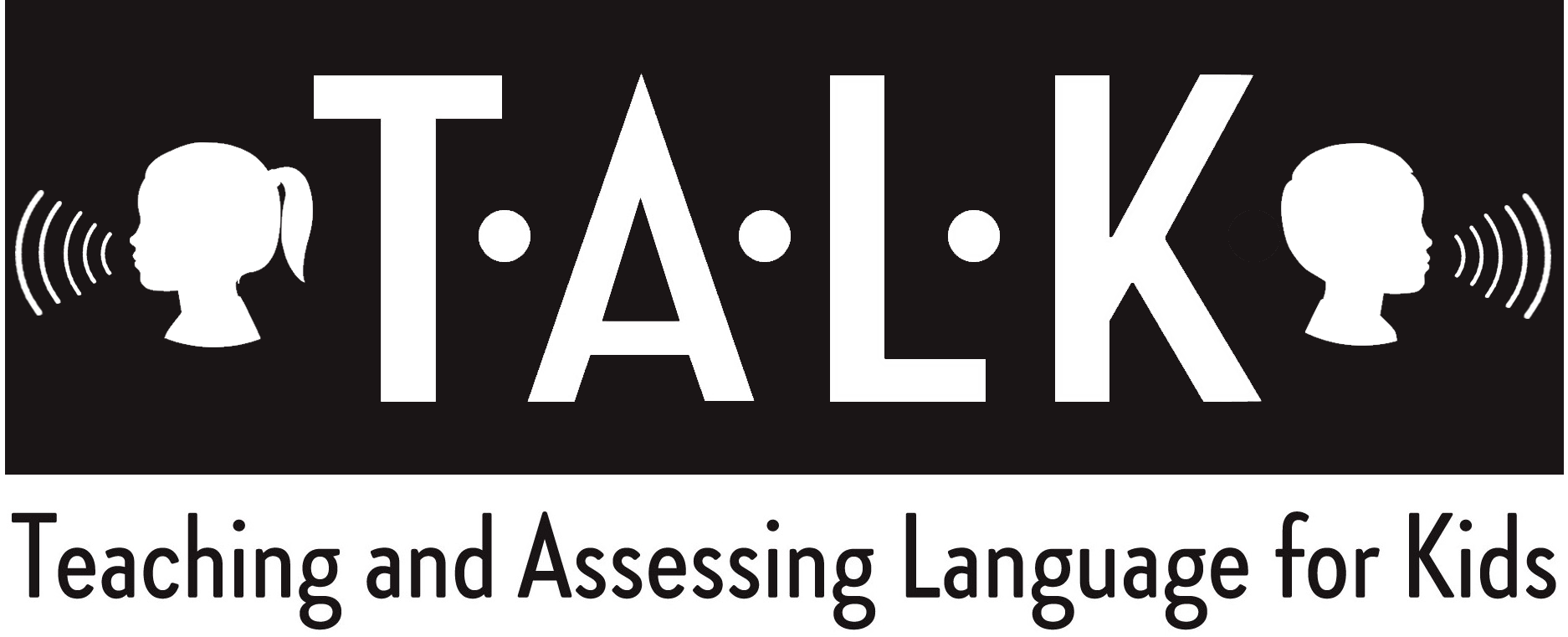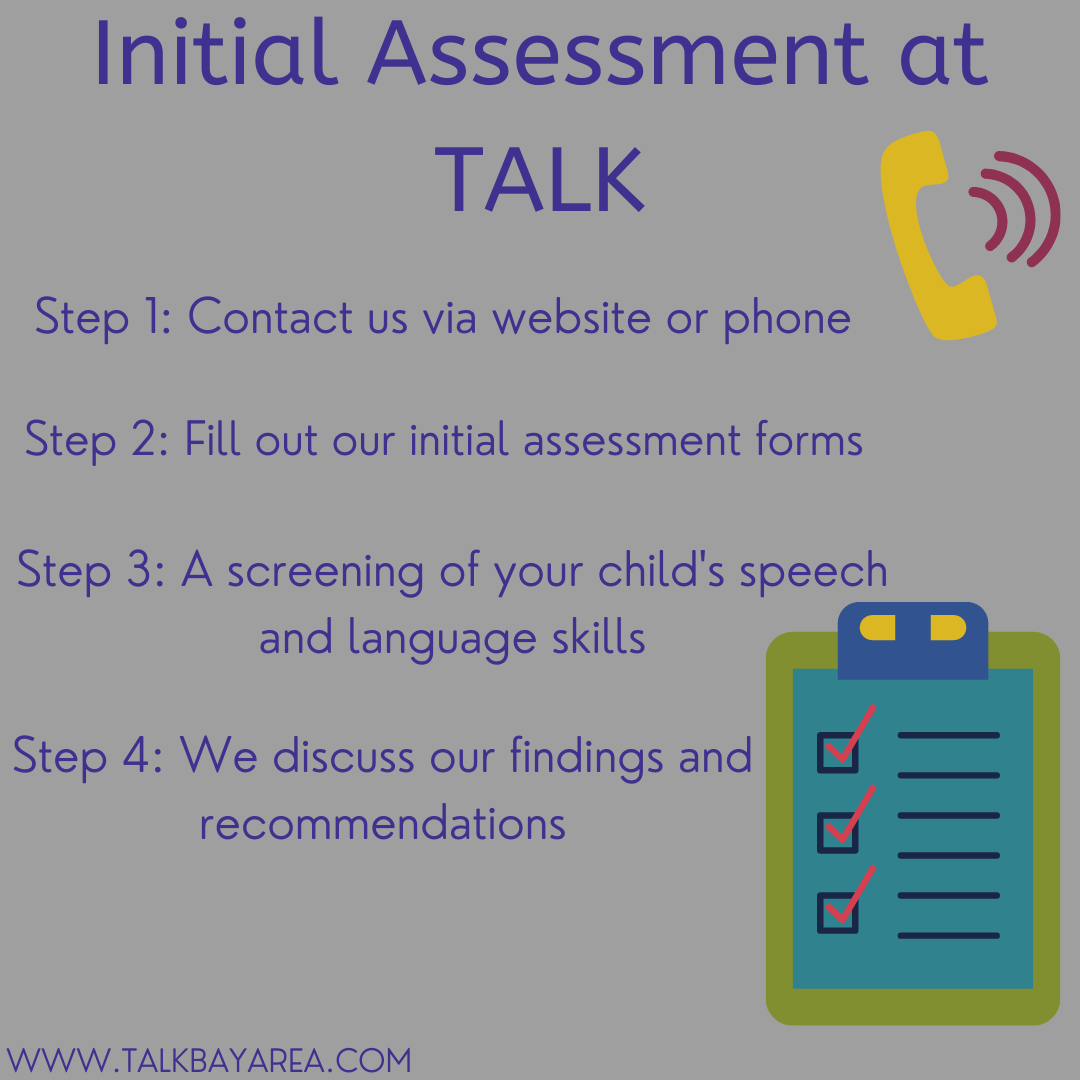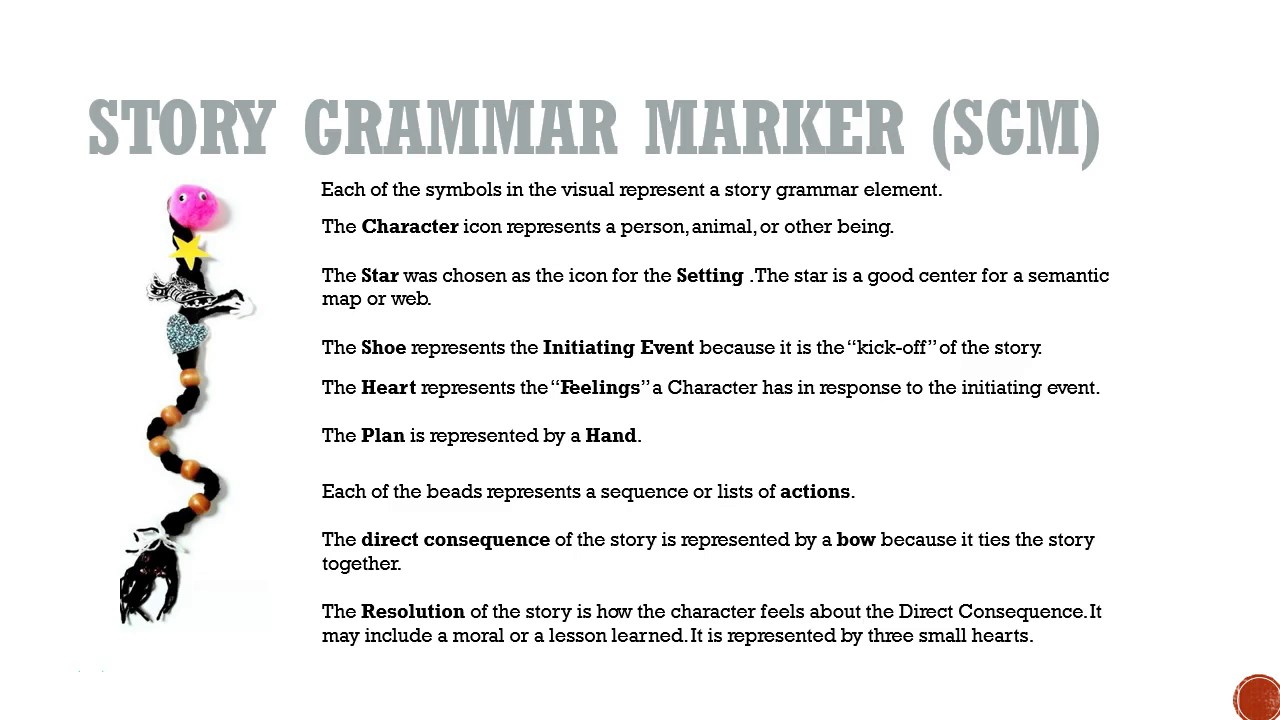Sight words are words that frequently appear in reading and writing that we cannot sound out phonetically. In other words, they do not follow normal spelling “rules” like “S says ‘ssss’.”
Take the word “is” for example. Why is there a “s” and not a “z” at the end?
How about the word “are?” Why is there an “e” at the end, but the “a” doesn’t say its name?
The answer is that both “is” and “are” are sight words. Sight words follow their own rules and therefore we need to memorize how sight words look and how to spell them.
Memorizing sight words is extremely important for early readers because sight words appear in just about every single sentence we read. Take a look at the sentence below. Each underlined word is a sight word!
He said to me that he loved all his friends.
Children must memorize sight words from the very start of learning to read in order to become fluent and automatic readers and writers. Nowadays, many preschools are starting to teach sight words despite the fact that preschoolers may or may not be ready to learn them. Parents can help their children practice sight words at home by routinely reviewing the words children learn at school using flashcards and games like Boggle Jr. and Memory.
For those of us teaching sight words, picking which sight words to teach first can be tricky. There are many lists of sight words out there, such as:
Fry’s High Frequency Words: the most common words in English, ranked in frequency order
Dolch Word List: the most frequent words for Kindergarten through 2nd graders
Orton-Gillingham® Red Words: words that cannot be sounded out phonetically, divided into grade levels
At TALK, we follow Orton-Gillingham® sight word lists for several reasons. First, each word on the list is truly a sight word (i.e., none of the words can be sounded out). Second, the words are carefully leveled by stages that correspond to grade level. Finally, Orton-Gillingham® teaches a multi-sensory approach to learning sight words, which enables many children to better memorize the spelling of these tricky words. Orton-Gillingham® also separates sight words from regular words by referring to sight words as “red words” which make us stop (like a stop sign) and think.
The multi-sensory Orton-Gillingham® approach to sight words goes something like this:
The adult introduces the word by showing the child how to spell it using a red marker, crayon, or pen. Then the child copies the adult’s example using something that provides tactile feedback (e.g., bumpy paper or tin foil under the paper).
Then the adult models “tapping out” the red word. If you are a righty, put your right hand on your left shoulder. If you are a lefty, put your left hand on your right wrist. Tap your way down (for righties) or up (for lefties) your arm, tapping once for each letter in the sight word (e.g., “a-r-e”). Then go back to the initial point of contact and slide your hand down or up your arm as you say the sight word (e.g., “are”).
Next, have the child trace the word on bumpy paper and underline the word while saying it.
Now, have the child turn the paper over and write the word three times (tapping if needed).
Finally, have the child write the word in a sentence.
Learning sight words can be overwhelming. We suggest teaching sight words in sets of five words at a time. Once children are accurately reading and spelling all five sight words in their set, they should continue to practice that set while also moving on to a new set of five sight words.
To find out more information about our reading groups, please visit talkbayarea.com/reading-group.











































